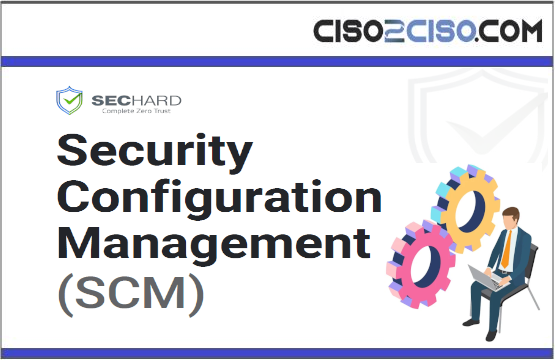Security Configuration Management (SCM) is a critical aspect of cybersecurity that involves the systematic management and control of an organization’s information system configurations to ensure their security and compliance with established standards and policies. SCM encompasses the identification, implementation, and maintenance of security settings and configurations across various hardware, software, and network components.
The primary objectives of SCM include:
Establishing Secure Baselines: Defining and documenting the secure configuration settings for each system component based on industry best practices, such as guidelines from the Center for Internet Security (CIS) or the National Institute of Standards and Technology (NIST).
Continuous Monitoring and Enforcement: Regularly monitoring systems to detect deviations from the secure baseline configurations and enforcing compliance through automated tools and processes.
Change Management: Managing and controlling changes to system configurations to ensure that security is not compromised. This includes reviewing, testing, and approving changes before they are implemented.
Vulnerability Management: Identifying and addressing vulnerabilities in system configurations that could be exploited by attackers. This involves regular scanning, patch management, and remediation activities.
Auditing and Reporting: Conducting periodic audits to verify compliance with security policies and standards. SCM tools often provide reporting capabilities to document compliance status and support regulatory requirements.
Incident Response: Integrating SCM with incident response processes to quickly address security breaches or incidents related to configuration vulnerabilities.
Views: 17




















































